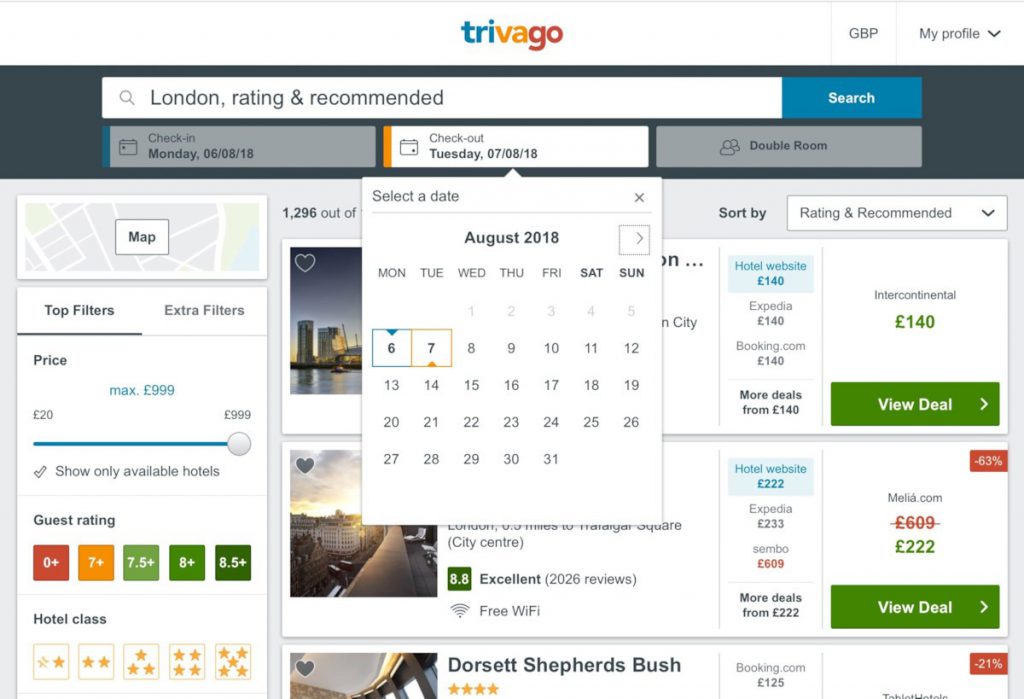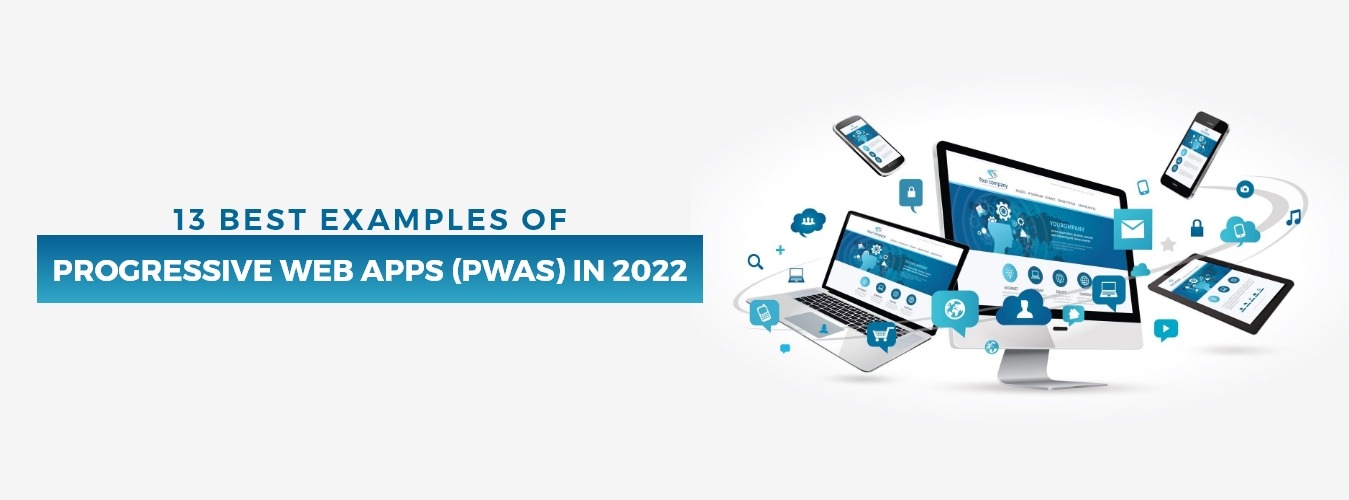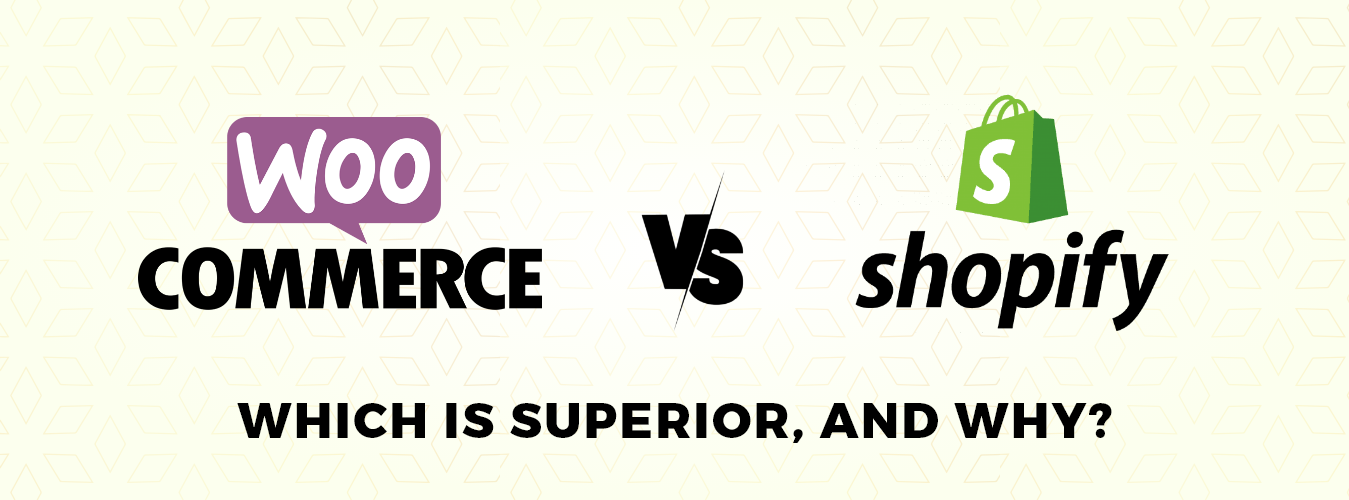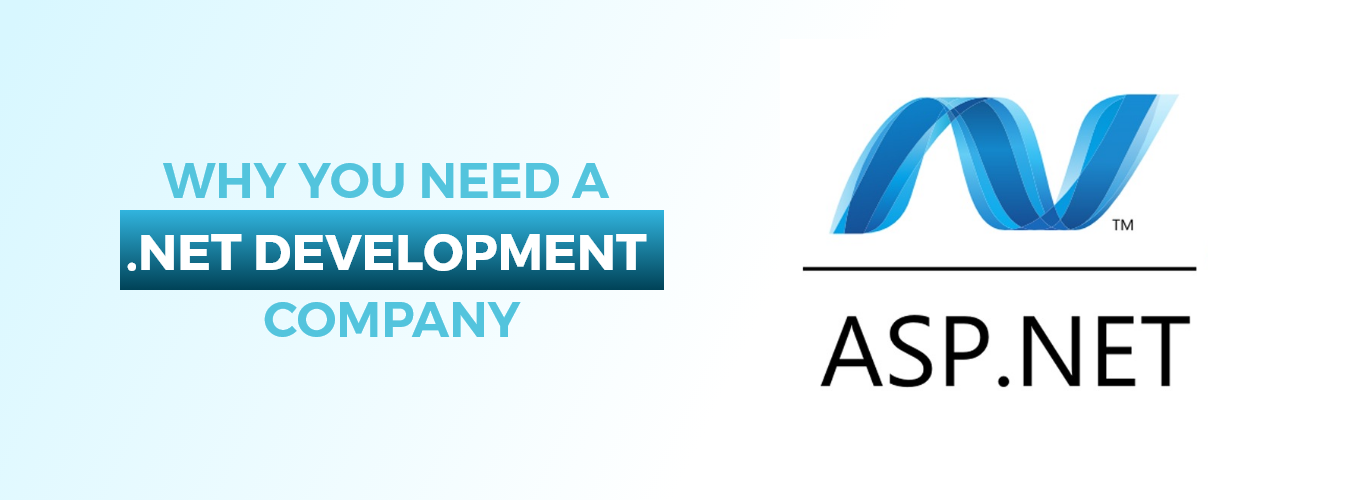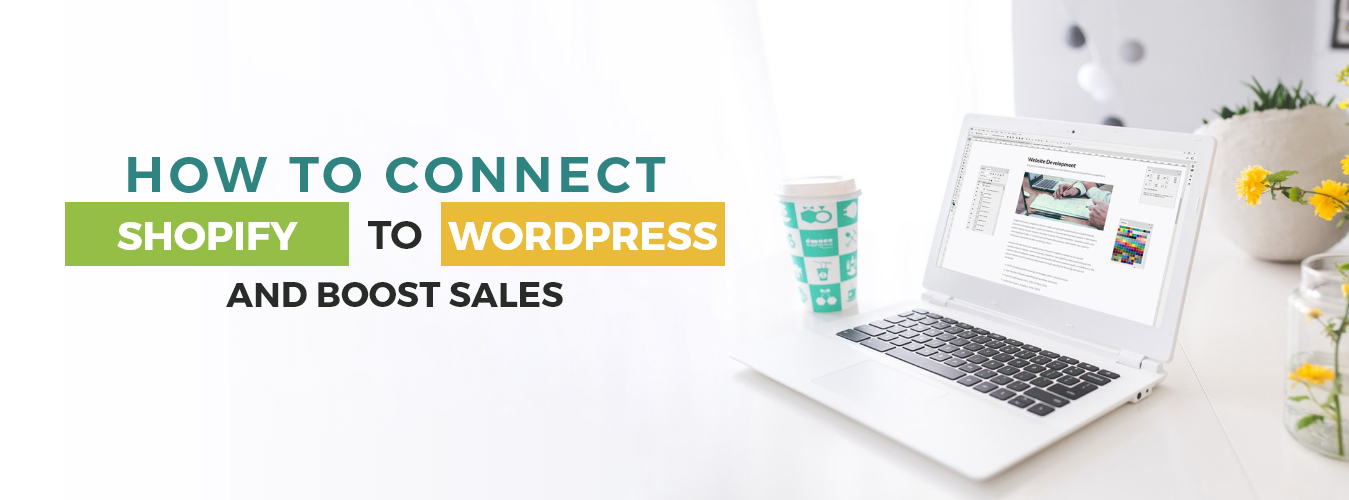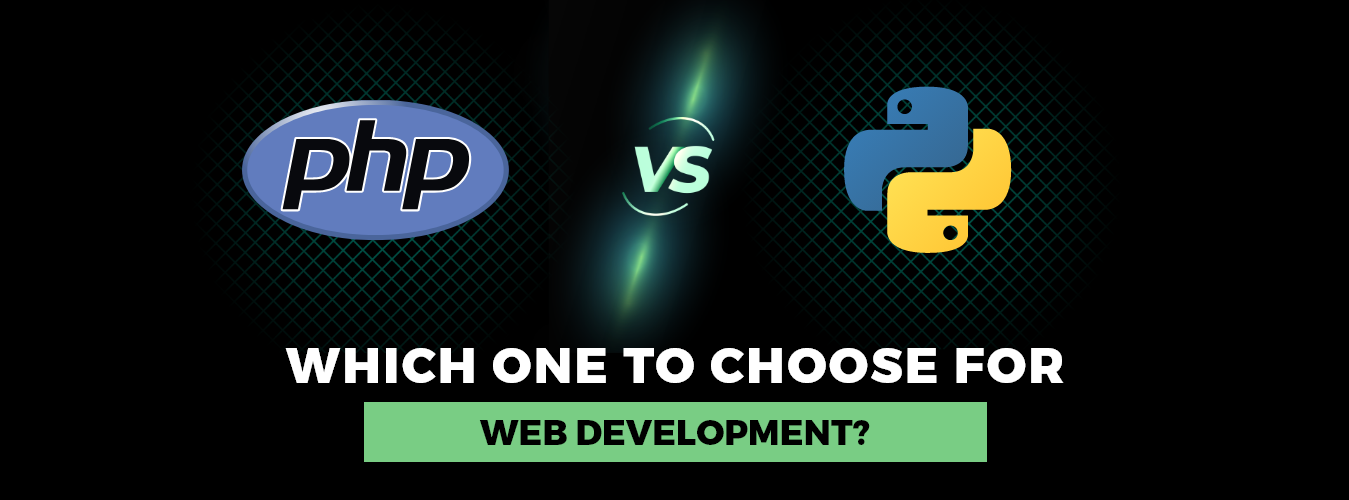A few years ago, Progressive Web Apps (PWA) were heralded as the upcoming big thing. And yet, it hasn’t gotten the traction that those original loud headlines predicted—as is sometimes the case with “revolutions” in the tech industry. But to suggest that PWA has somehow failed is entirely off the point. In reality, organizations like Google and Microsoft support PWAs, and there is no indication that they will abandon them anytime soon. By reading on, discover what PWA is, how it functions, and how it may help your online store.
What is PWA?
Any device can use a Progressive Web Application (PWA), a form of a web app that can function as both a web page and a mobile app. It is a fantastic solution for your online store’s low conversion rates and bad mobile UX. Using standard technologies, PWA aims to give a native-like user experience with faster conversion and cleaner browsing even with a slow Internet connection.
Get Your Own Empowered Web Application Development
contact us13 Best Examples of PWAs
When Pinterest realized its website was too slow, it decided to create a PWA. Only 1% of their visitors signed up or downloaded an iOS or Android app. Important performance indicators improved with a PWA. In comparison to the mobile website, visitors spend 40% more time on Pinterest’s PWA. Pinterest saw a 60% boost in user engagement and a 44% rise in ad income rate. In contrast to the native Android (9.6MB) and iOS (56MB) apps, the Pinterest PWA uses far less storage space—just 150 KB—than those apps.
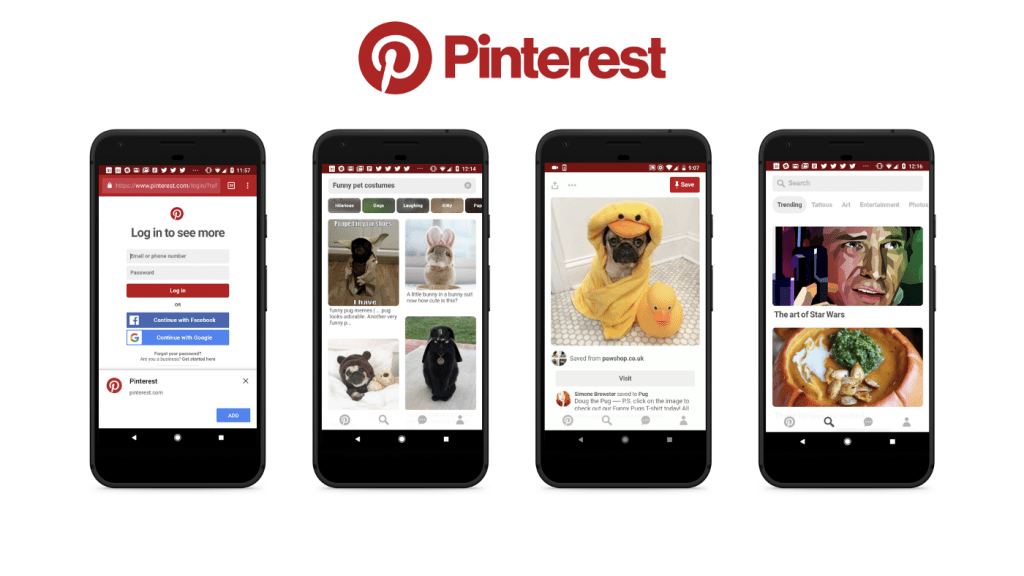
Flipkart
The biggest online retailer in India is called Flipkart. They most recently changed their mobile website to Flipkart Lite, a Progressive Web App. Users of mobile devices have quick and efficient experiences from Flipkart Lite. It combines the most significant features of Flipkart’s native app with the web. Back in January 2015, Flipkart adopted an app-only strategy and momentarily shut down its mobile website. Since more than half of their consumers were accessing the internet over unstable or 2G networks, they had trouble providing an exciting web experience. They ultimately made the decision to invest in a Progressive Web App after becoming intrigued by the new web development capabilities and technology.
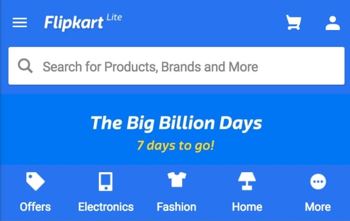
In 2021, a significant shift occurred in the technology industry, and Facebook is now Meta (however, the social media platform kept its name). The most prominent social networking platform is still investigating PWAs as of 2018. They were able to create a version of their app that increased platform accessibility for millions of users who struggled with erratic internet connections during this initial stage of PWA. Because the first Facebook app was not very user-friendly, Facebook decided to stop supporting its mobile web application in 2020, a decision that shocked and possibly pleased many.
Read this post to get more insights on 6 Best Web App Languages in 2022
In 2021, the redesigned Facebook app—which is now a PWA—was covertly re-released. With TechCrunch claiming that the business is preparing to combine VR headsets Oculus with their presently-2D progressive web app, it appears that Meta (Zuckerberg’s new corporate name) will now give their PWA more strategic attention.
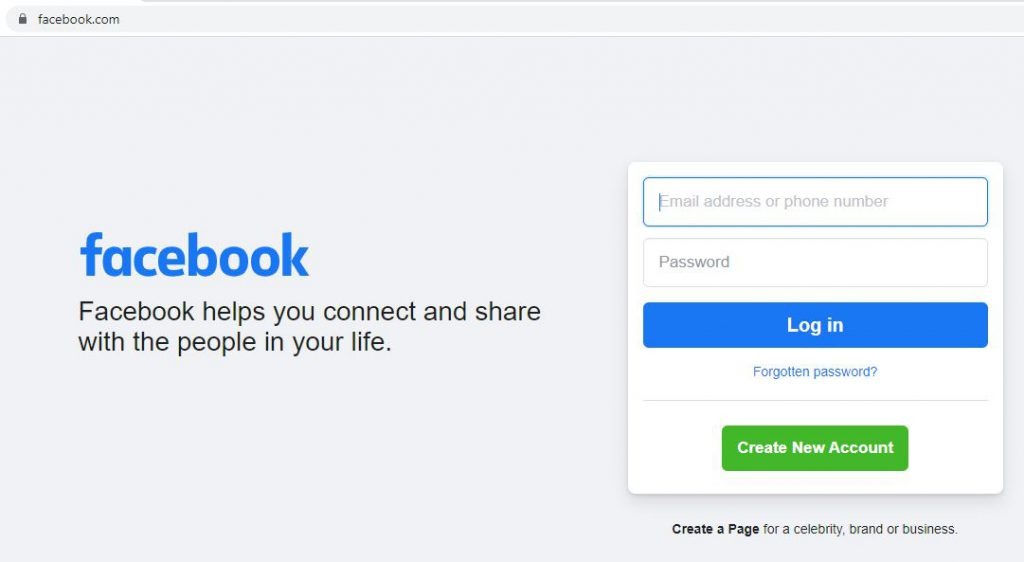
Forbes
American business magazine Forbes is published. It contains original financial, business, investing, and marketing articles and is published twice a week. Forbes launched their own PWA in 2017 after recognizing the enormous potential presented by the rising number of mobile users. With lightning-quick page loads, push alerts, seamless transitions, and a minimalist design, Forbes was able to boost user engagement and conversion rates.

For its Twitter Lite platform, Twitter is utilizing PWA technology. Since April 2017, this has been the standard mobile web experience for anyone login into Twitter, which amounts to almost 100 million people every day. What advantages does Twitter Lite have over the standard app? Well, for one thing, the Android version uses 3% less disc space, or less storage, than the iOS version. Big data use savings are another benefit. This, according to Twitter, is responsible for a 75% rise in Tweets, a 65% increase in pages per session, and a 20% decrease in bounce rates.
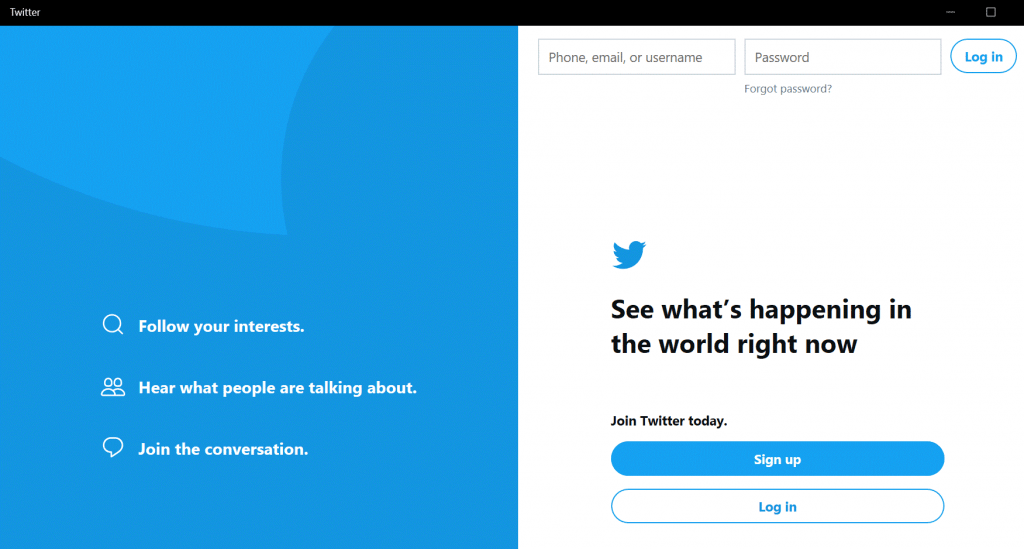
Evernote
A well-known app for capturing notes is Evernote. You may make a progressive web application that is incredibly accessible by working with a professional web applications development company. Evernote is one example of a tool that is still useful and available to everyone. This is why creating a progressive web application is a smart idea. Anyone with an Internet connection can use this programmer efficiently.

BMW
BMW has a reputation for being a leader in the auto business and demonstrates this by embracing new technologies in both their vehicles and their websites. The brand aims to deliver high-quality content that is interesting to consumers and reflects its values in order to enhance the customer experience.
The Progressive Web Appof the new BMW gives users an absolutely “wow” experience. High-resolution photographs and videos are the first things that anyone would notice, and the website loads almost swiftly with all of these elements (4X times faster than the old site). Following the implementation of the PWA, their data also revealed more amazing statistics, including a 4X increase in visitors who clicked from the homepage to a BMW sales site, a 50% rise in mobile users, and a 49% increase in site visits in comparison to the old site.

Stance
PWA technology benefits merchants. Young accessory company Stance sought to enhance in-store sales without investing a lot of money on equipment, so they adopted self-checkout technology for their 18 U.S. stores. Customers now click a link to open the checkout page, use their camera to scan items and pay with a credit card, Google Pay, or Apple Pay. Email receipts are given, which aids the brand in remarketing.
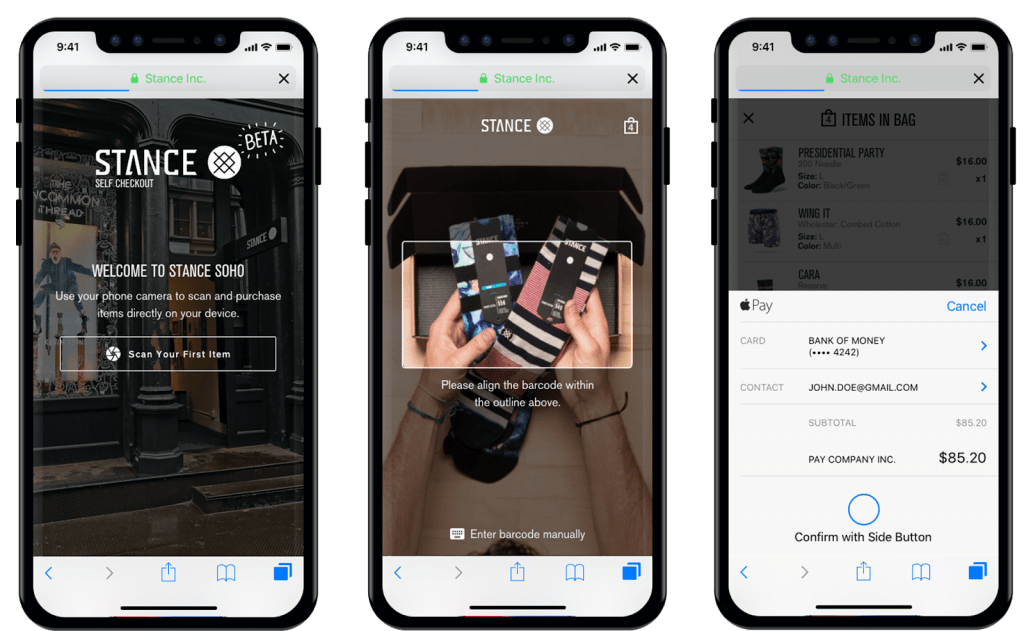
Tinder
A well-liked Millennial online dating service is Tinder. This group uses mobile devices almost exclusively. In fact, swiping left or right to express interest in a potential mate is their trademark.
Read this post to get more insights on Cost To Make an App
In order to appeal to new markets, the online dating company made the decision to develop a progressive web application experience. Additionally, they aimed to preserve an exact feature parity with the current native application. Their early reports point to significant success. I believe that greater engagement rates and a development cycle that is not excessively expensive are the main takeaways from the KPI list. I am unable to comment on whether three months is a good or bad time limit because I am unsure of the number of engineers who worked on the project.
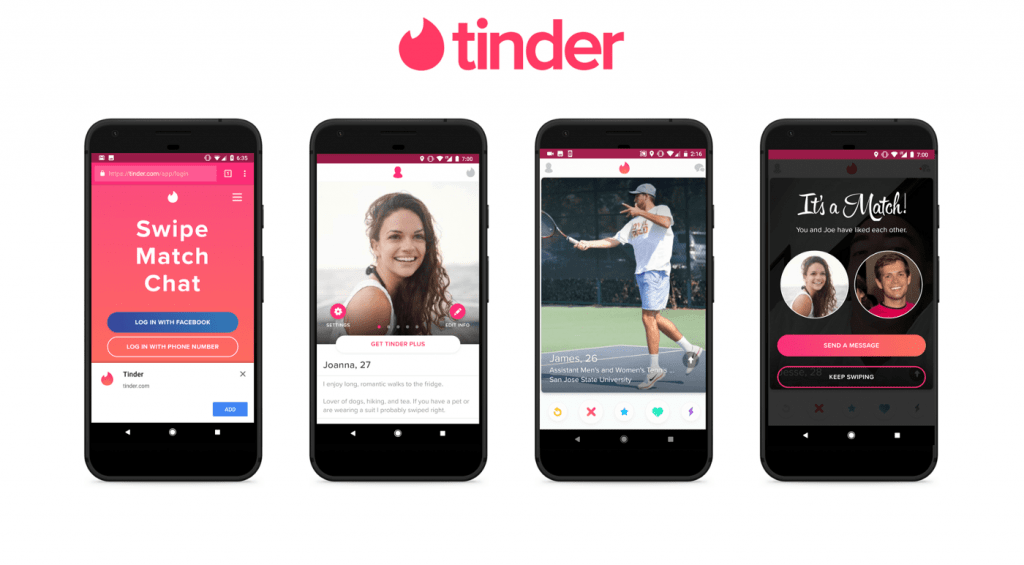
Ali Express
One of the most popular apps for B2C transactions today, Ali Express, has a incredibly responsive PWA. Users of the PWA can browse through thousands of possibilities without their browsers taking longer to load a page because of the company’s extensive coverage of product categories. Since its debut, AliExpress has claimed that its PWA has improved its conversion and re-engagement rates.
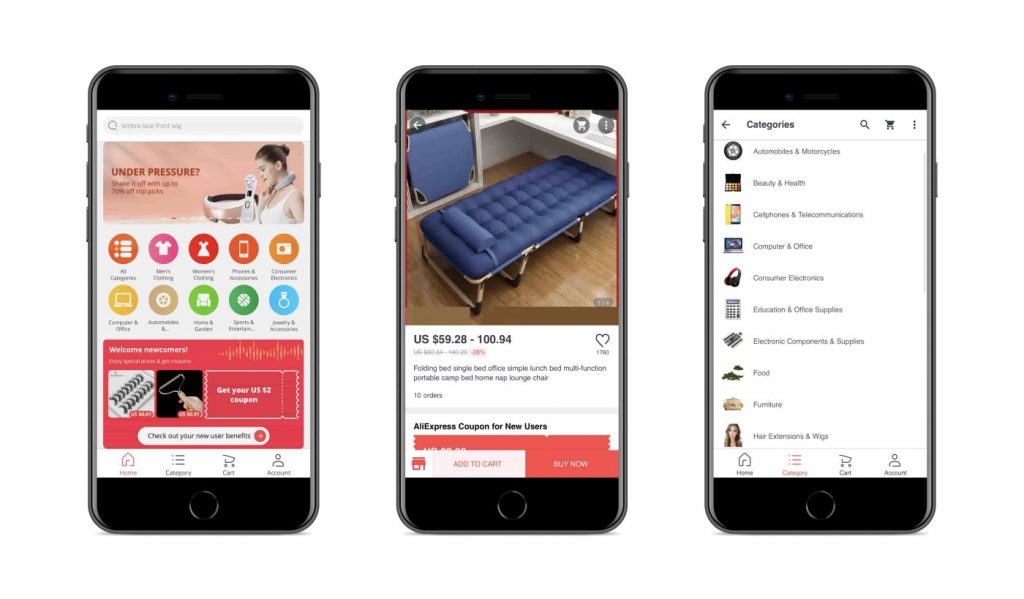
Target
In order to keep up with its rivals, Target, the eighth-largest retail chain in America, moved fast to implement the findings of its customer analytics study. It learned in 2015 that its clients start their shopping process on a mobile device and finish it on a computer. The management decided to implement a PWA, and since then, the number of people using its app has climbed dramatically, and online transactions have improved without alienating consumers on various platforms.
Lancôme
An app-like solution that improved traffic and sales were required by the high-end cosmetics company Lancôme. Their conversion rate, which was barely 15% in 2016, was something they needed to improve. Customers will be able to look for products on a slow internet connection in 2021 because of Lancôme’s PWA, which also features push alerts that keep users interested. Following the PWA launch, Lancôme noticed a 17% rise in conversions and a 53% rise in iOS mobile session volume. For Lancôme, the PWA has been a big success and enabled the global cosmetics leader to advance significantly on the mobile web.
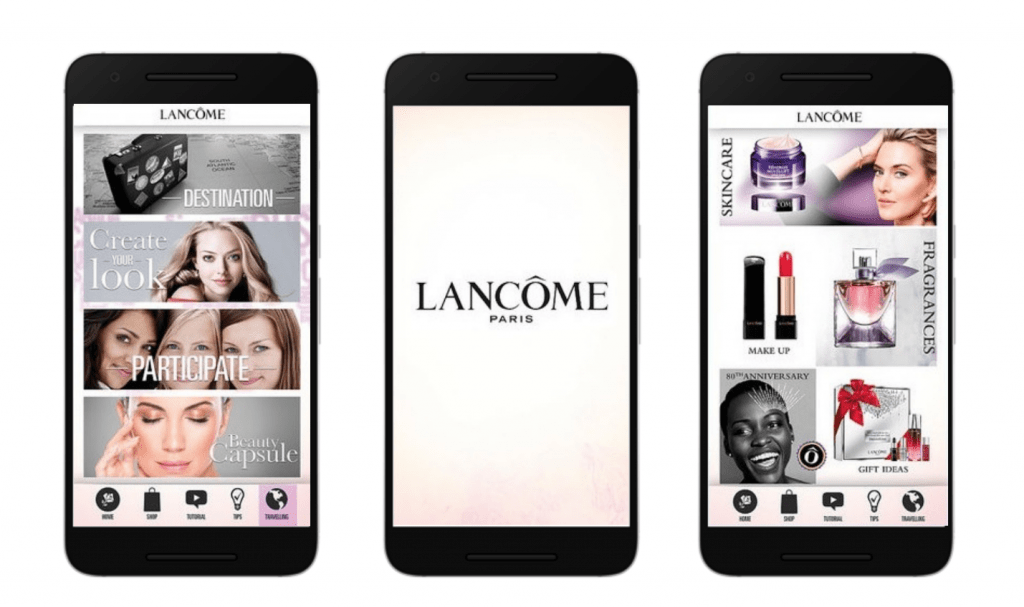
Trivago
The PWA solution assisted one of the top hotel search engines in the world in developing an app without the need for extensive software development teams. User engagement increased by 150% thanks to features including offline mode, home screen shortcuts, and push notifications. The click-through rate of 97% for hotel offers is also excellent.
